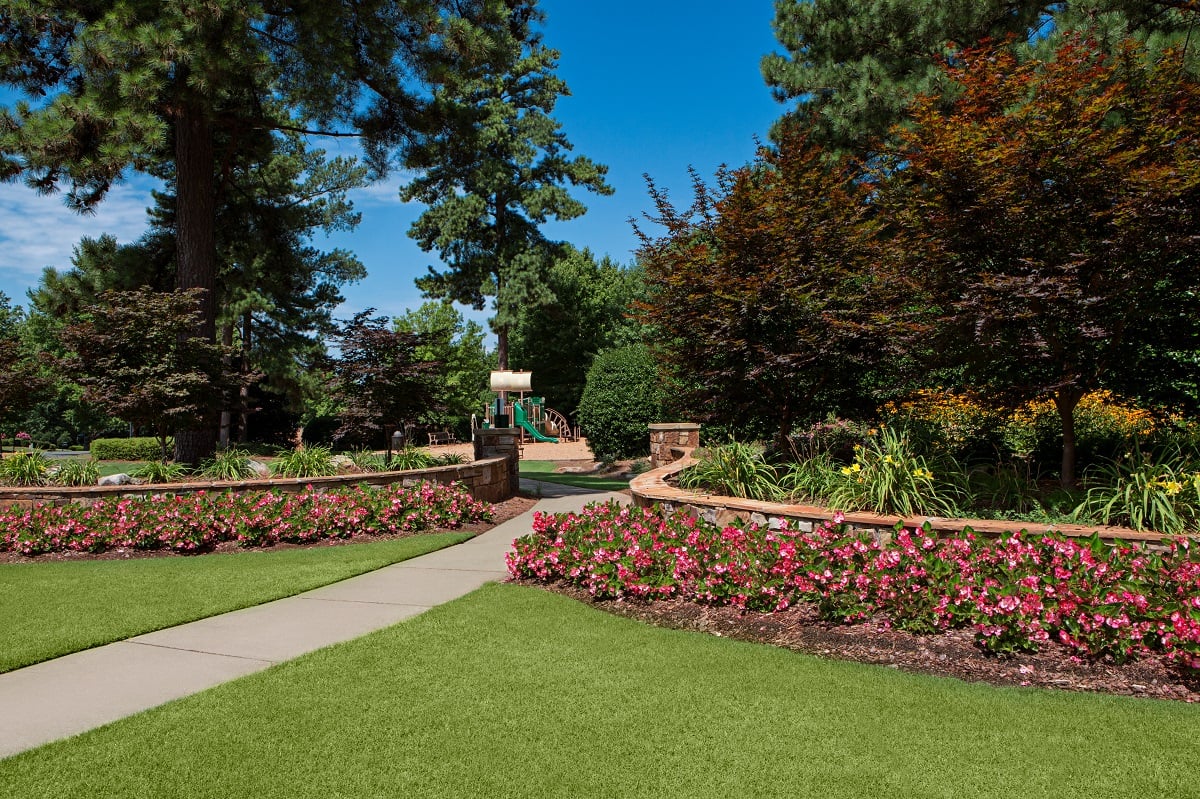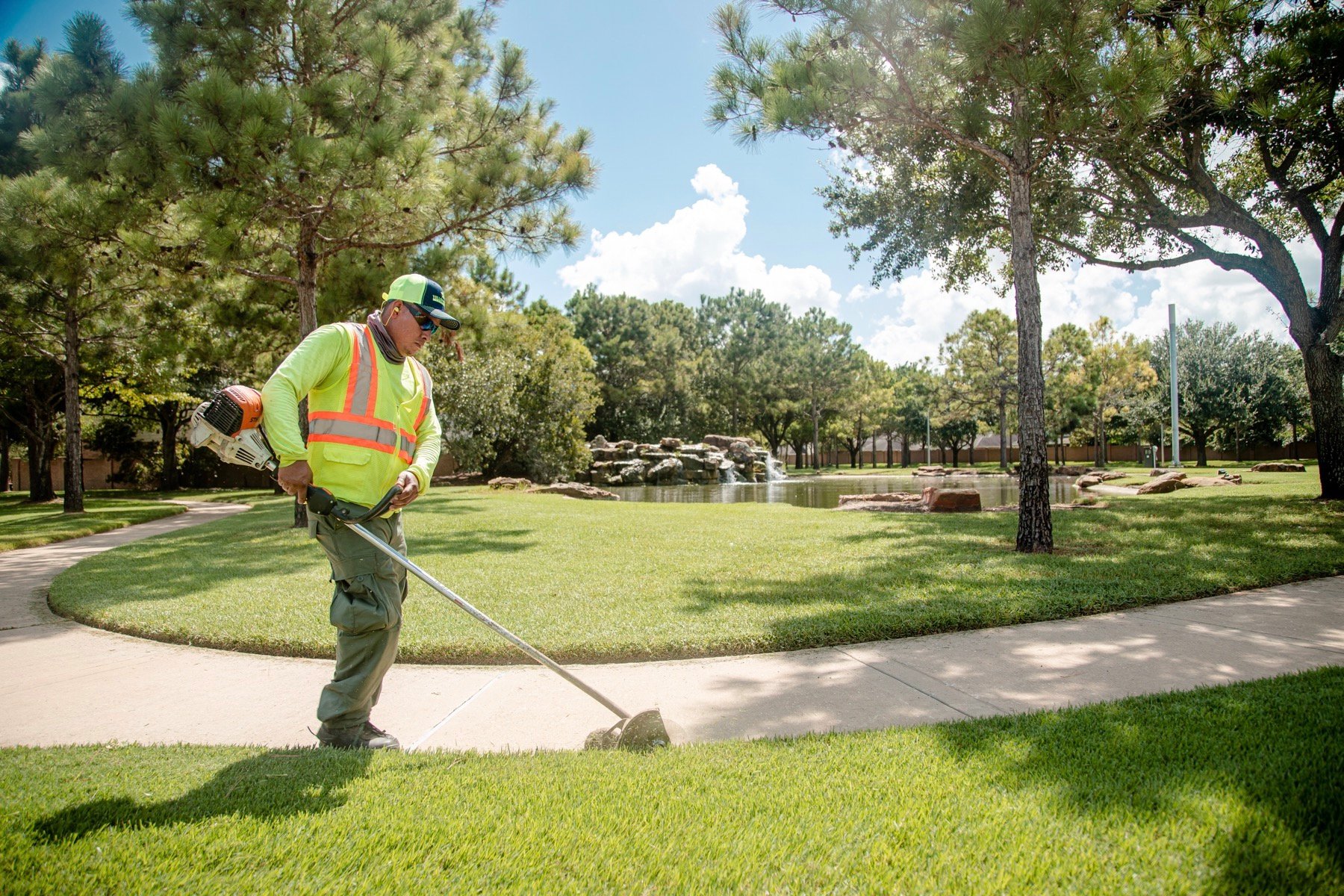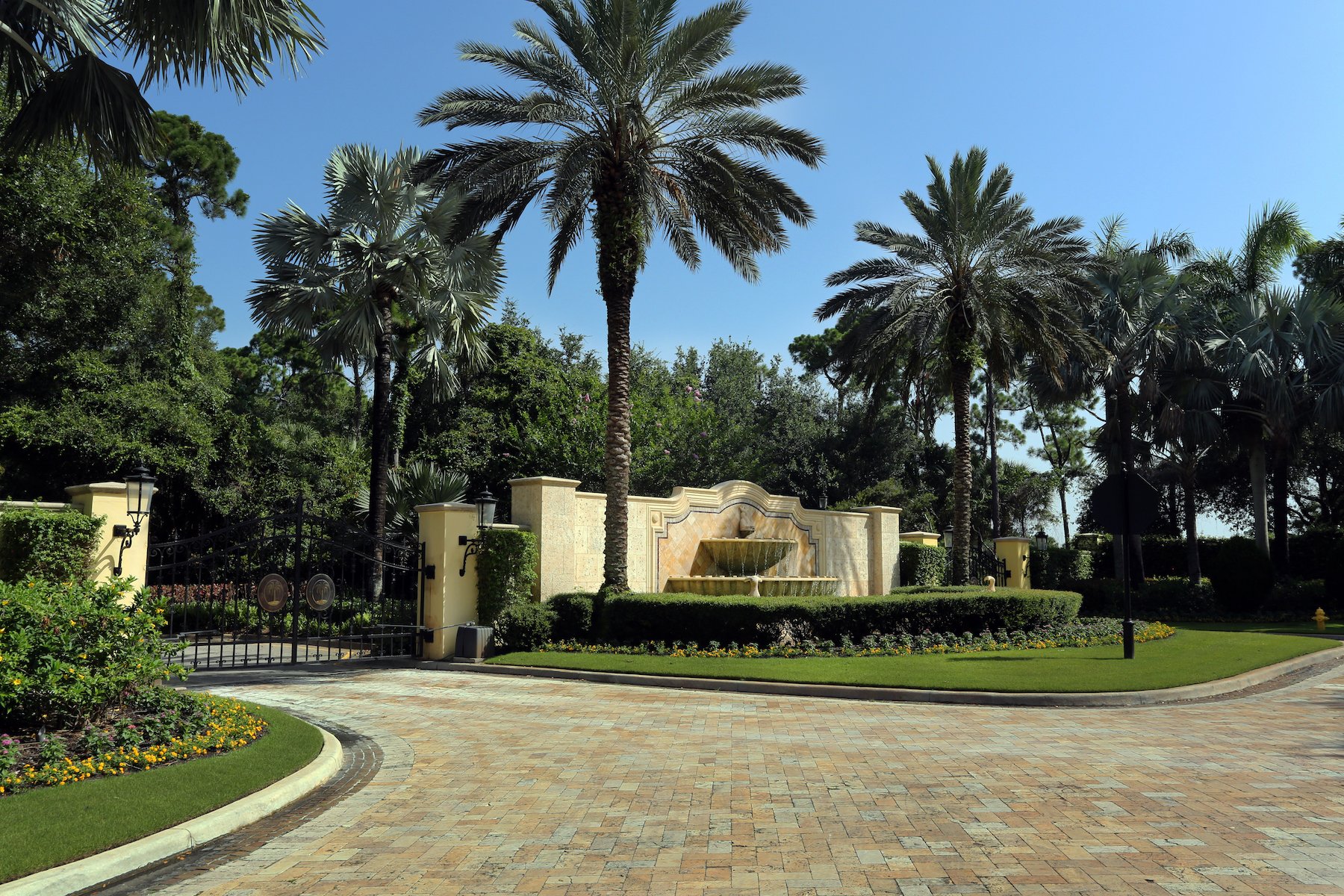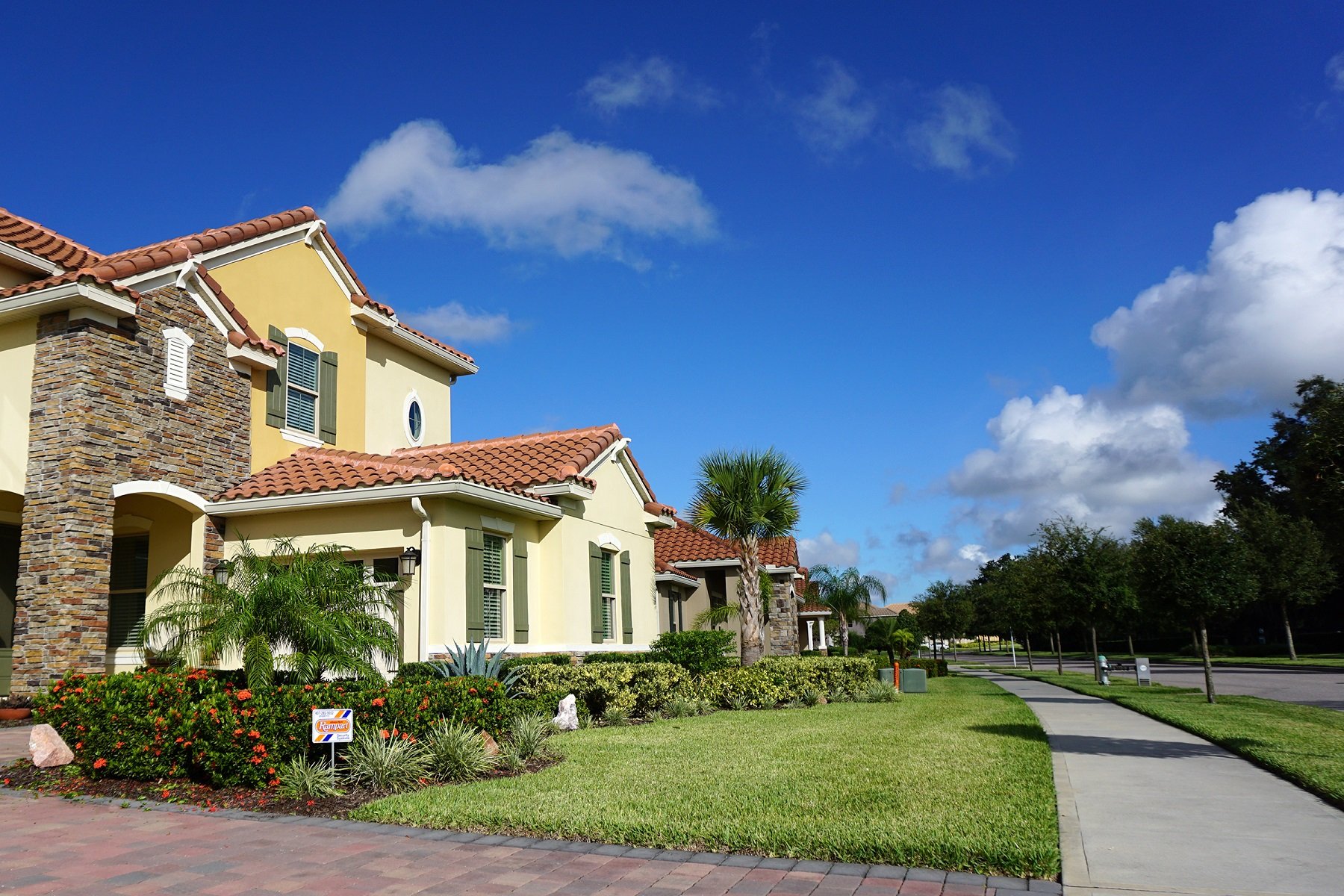As an HOA board member or property manager, chances are, you’re used to receiving questions from residents. You’re likely also accustomed to dealing with confusion over rules and regulations. It’s not uncommon for residents to make false assumptions about what they are (and aren’t) allowed to do on their properties and you might be the one who has to sort it all out.
We certainly understand that can be frustrating.
In terms of your HOA landscaping, the confusion most often happens in communities that are considered “full service.” Residents automatically assume that “full service” means any and all outdoor tasks will be handled by the commercial landscaping company that works within their community. This can lead to situations where they expect work to be taken care of that isn’t actually in the landscaper’s scope of services—and from there, lots of complaints and confusion can abound.
Undoubtedly, this is a problem that can be solved with clear expectations, delivered via clear communication. As with so many other problems that can occur with your community’s vendors, and especially it seems a lot of commercial landscaping companies, communication is not their forte. It was George Bernard Shaw who once said, “The problem with communication is the illusion that it has been accomplished.”
Simply having a contract with an HOA is not enough communication to keep residents happy. Most residents won’t even be aware of specifically what’s in that contract, even if you do have it spelled out in your HOA handbook.
That’s why we’re talking about how to facilitate better communication in a way that expectations truly are crystal clear. It’s important that residents understand which responsibilities are those of the commercial landscaping company, and which fall on them.
This will help prevent a lot of hassles and headaches for you, the community manager, and board members.
In HOA Landscaping, Who Handles What?
Without a doubt, the exact responsibilities of who handles what aspects of HOA landscaping should be spelled out in your contract. The specifics are obviously going to differ from community to community but we can at least discuss some commonalities.
In some communities, a commercial landscaping company may only handle the landscaping in the common areas. This is fairly cut-and-dry as residents know they must care for their own property (or hire someone to do so).

But within a full-service community, where the landscaping company is also taking care of individual residential lawns, there is more opportunity for confusion.
Flower bed maintenance is one of the most common points of confusion. Basic maintenance like pruning, mulching, and edging might be covered, but anything more detail-oriented is likely not. Plant replacement is also likely not included.
Further complicating things, homeowners often choose to add additional plants and material on their own. A good rule of thumb is that the maintenance of anything which was not part of the original landscape is not going to be included.
Property lines can also create confusion, particularly if a resident’s property is adjacent to a common area. If residents are handling property maintenance, such as their own mowing, then it’s really important that these residents are made aware of where their property ends and the common area starts. It should be clearly expressed what they are responsible for doing.
How Your Commercial Landscaping Company Should Communicate Responsibilities
As we mentioned earlier, confusion over “who handles what” can be cleared up with proper communication. But in a large community, this is sometimes easier said than done. It’s always important that residents are encouraged to read the rules. Most of the questions that they have about HOA landscaping are usually already answered if they would just take the time to read what your association publishes.
Make a point to ensure that residents get a copy of the rules in hand, or can easily access them on your community website. Let them know that it will likely answer questions that they have such as, Can I plant my own flowers? Or, Who is responsible for replacing this dying shrub?

That being said, we know that many residents feel overwhelmed by their HOA handbook and never take the time to read through all the guidelines. That’s why we believe it’s also important that the commercial landscaping company takes some responsibility in facilitating communication to help residents better understand what they’re responsible for.
Here are some things that Yellowstone Landscape does to help clear up any miscommunications and keep residents apprised of expectations.
We Have a Company Representative Attend Your Monthly HOA Board Meetings
What better way to help offer clear communication about HOA landscaping than to have someone from our team actually attend your monthly board meetings? This gives us the opportunity to answer specific questions and be clear about what we’re responsible for handling and what residents’ responsibilities may be.
It also gives us the chance to get ahead of any potential problems. We know that questions and concerns come up and if these go unaddressed, they can soon turn into problems. We like to get ahead of these issues. If there’s something that residents are unhappy about, we want to know. By having a member of our team at the board meetings, we can keep communication flowing and be proactive about addressing issues.
If There’s a Landscaping Committee, We Want to be Part of It
A lot of HOA communities for special committees for various aspects of their community’s care. These committees are made up of residents and community decision-makers who will specifically dive into a certain area.
At Yellowstone Landscape, we want to be a part of the landscaping committees that the HOAs we work with have formed. We find that being able to offer our expertise can really help, as oftentimes these committees are made up of community members who might not have any background in landscaping but just want to be able to help play a role in keeping their community beautiful.
Being part of these committees is another way that we help facilitate clear communication so that there are no questions about who is responsible for what. We can directly answer questions that residents pose to the committee and ensure that they're getting the correct information.
We Love to Contribute to HOA Newsletters and Social Media
Successfully reaching community residents with information in a large HOA can be incredibly challenging. That’s why we love the opportunity to contribute to HOA community newsletters or even their social media accounts. If we can post pictures about some of the work we’re doing and contribute articles about the HOA landscaping, we find that this can be another powerful communication tool.
It’s also a great place to get that message out of “who handles what.”
Remember, just because this information might be included in your HOA handbook, doesn’t mean that it’s getting to your residents. For us, it’s important to find channels in which we can more easily communicate information and ultimately be more effective in reaching your residents and keeping them well-informed.
Communicating with New Residents about HOA Landscaping
Oftentimes, new HOA community residents are the ones who have the most questions about landscaping. As people who are new to the community, they haven’t had the chance to learn everything they need to know.
That’s why we wanted to add a word about connecting with new residents. This is a valuable opportunity in terms of setting things off on the right foot.

Make sure they have a copy of any HOA handbook or rules that you have written out. It’s also helpful for them to be made aware of who they should connect with if they have questions or concerns.
When residents move in, this is a great time to provide them with a quick overview of who will be handling what on their property and to make them aware of property boundaries. This is particularly important for those properties which are adjacent to common areas as they may raise the most questions. If residents are responsible for their own mowing, but there are specific rules (for instance, in some communities, residents cannot mow within 10 feet of a retention pond), make sure the homeowner is made aware.
Breaks in the communication chain sometimes occur when there are “too many cooks in the kitchen.” Everyone assumes that somebody else has already communicated the information to the new residents when in fact, it hasn’t been relayed at all! To overcome this challenge, we have found that some HOA communities have implemented a “welcoming committee” made up of members whose specific role is to welcome new residents and help communicate some of this important information.
Partnering with an HOA Landscaping Company that Provides Stellar Communication
There is no substitution for good communication. If you want to keep residents happy and make sure that everyone is on the same page, you can’t bypass the value of keeping them informed.
As an HOA board member or property manager, you’ve already got a lot on your plate. Answering hundreds of questions about landscaping responsibilities can be tedious and frustrating. But if you are able to partner with a commercial landscaping company that is excellent at communication, much of that burden should be lifted.
At Yellowstone Landscape, we take the relationships that we develop with the HOAs we service seriously. Developing strong partnerships and being able to shoulder the burdens they bear is truly something that we pride ourselves on. We have found that the more involved we can be with the board, and available to answer resident questions, the happier that everyone ultimately is.

Plus, it eliminates confusion. It becomes crystal clear “who handles what”—and that’s good for everyone. You’ll have fewer headaches to deal with and questions to answer, and residents will be happy to feel in the loop. It’s a win all around.
Are you ready to work with a commercial landscaping company that takes communication seriously? Request a consultation today. We’ll meet to learn more about your property and its challenges and come up with a comprehensive plan to take care of all of the details for you.




